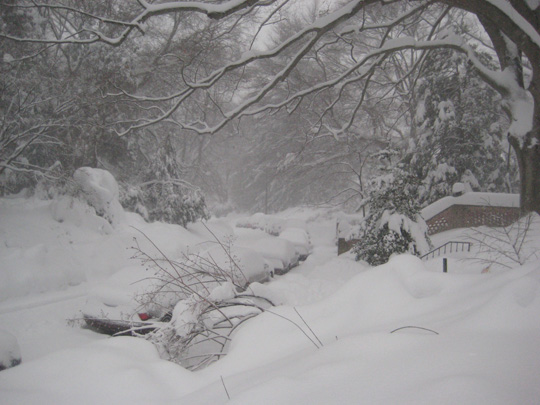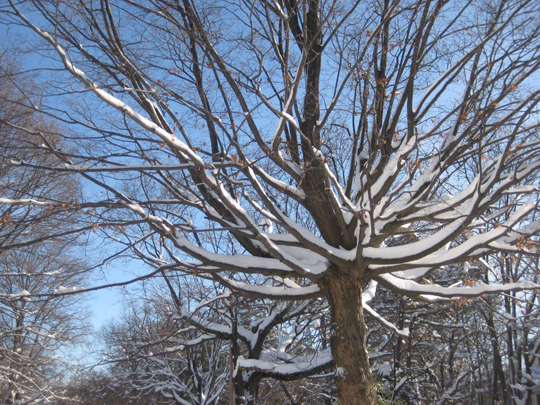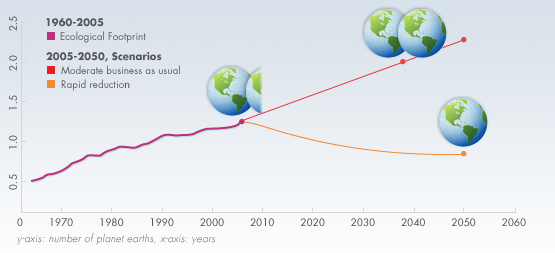Can Your Next Event Help Save the Planet?

Our colleague and friend Lori Hill, owner of lori hill event productions, is an expert green event coordinator. Hmmmm. That’s a bit like saying that Michael Jordan is a good basketball player. You really have to experience Lori in action to fully appreciate her. Enjoy this first in a 4-part series of articles on how to be eco-savvy with your business events.
Special events are VERY, VERY wasteful. The average 3-day meeting attended by 1,000 people:
• Produces more than 12 tons of trash
• Uses 200,000 kilowatt hours of power
• Consumes 100,000 gallons of water
Furthermore, according to The Green Bride Guide, the average wedding produces 63 tons of CO2 and 400-600 pounds of trash. That’s just crazy.
There are a lot of easy things we all can do when planning our next office meeting, conference, baby shower, wedding or birthday party. To make it simple, I’ll break it down into 4 simple categories. Those are: 1) the announcement and other printed items; 2) what you eat and what you serve the food ON: 3) décor; and 4) venue.
Today’s topic is: The announcement and other printed items
Invitations
The most eco friendly option is an electronic invitation followed by an electronic RSVP mechanism. If this isn’t feasible – like for a wedding or black tie affair – select invitations made of 100% recycled paper or other eco options like bamboo or – believe it or not – elephant dung! You can also choose invitations embedded with seeds that your guests can then plant afterwards. Be sure to ask for soy or vegetable-based ink instead of the traditional petroleum-based stuff is made of – you guessed it – petroleum! The last time I checked, that was a scare resource that is also bad for the environment. Skip all the extra envelopes and go for just one. If guests don’t have to include a payment with their RSVP card, opt for a postcard instead.
Programs
Do you really need a program? Do your guests actually read it? If this is a must at your event, can you reduce the number of pages? As with invitations, use 100% recycled paper that is FSC (forest stewardship council) certified. And don’t forget to use vegetable or soy-based ink.
Signs and Banners
I’m a stickler for informational and directional signage. I hate being lost and I don’t want my guests to get lost either. If you have an annual event, make your signs and banners are generic in nature so that they can be used from year to year and just require you to change a digit on a date. Talk to your sign vendor about using eco materials when making new indoor and outdoor signs.
(Bonus tip from Julie. . . . I chaired a large event that Lori organized, and she used inexpensive picture frames to hold the signs that detailed the topics and panelists for each breakout room. They added a classy touch and are, of course, reusable.)
Next topic: What you eat and what you eat the food ON.

lori hill event productions helps environmentally conscious people and companies make their events savvy and sustainable. Company president Lori Hill has been reducing, reusing and recycling since she was a kid growing up in Lancaster, Pennsylvania; however, after being educated about the impact of our actions on the environment, she was prompted to make every facet of her work AND home life as sustainable as possible.
An approved vendor for the Green Bride Guide, lori hill event productions is also a member of Green America’s prestigious Green Business Network and a member of the Chesapeake Sustainable Business Alliance (CSBA) for which Lori serves as director of events. A 14-year member of the International Special Events Society (ISES), Lori is also a member of the Chesapeake Climate Action Network (CCAN). For the past three winters, she has jumped into the icy waters of the Chesapeake Bay to raise awareness about, and thousands of dollars for, the fight against climate change.
In December, Lori was named an ECO CEO by Smart CEO Magazine. In addition to producing award-winning corporate and social events, Lori has appeared on TV and speaks frequently about green events as well as greening your business operations and personal life. She looks forward to the day when we no longer have a need for the term “green events” because all events WILL be green.





 View the dynamic, moving GOforChange: Greening Baltimore video
View the dynamic, moving GOforChange: Greening Baltimore video




